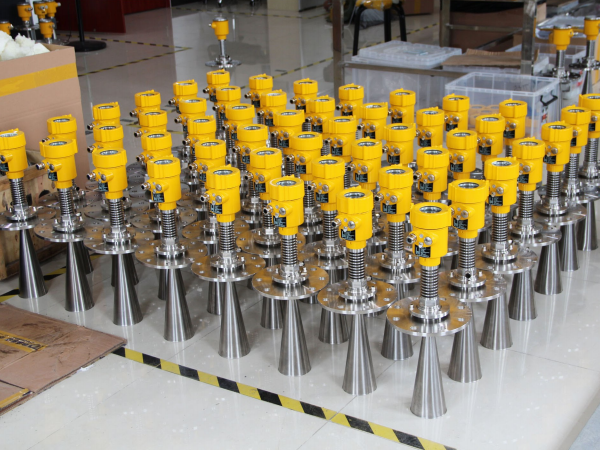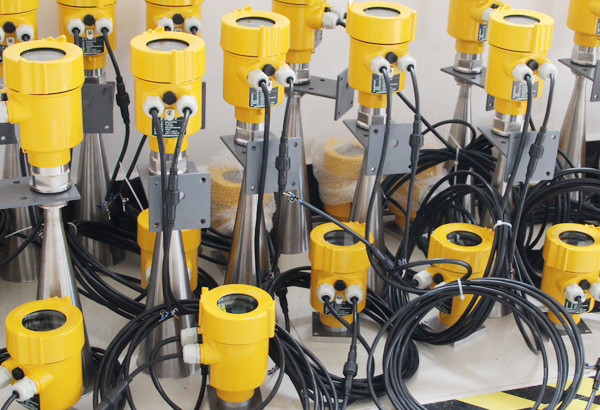Fans are key ventilation equipment, and oil level monitoring of their oil tanks is of great significance to ensure stable operation of the machinery and extend its service life.
This article will explore the characteristics of fan oil tanks and analyze the application of radar level meters in measuring fan oil tanks based on case studies.

The fan oil tank is a container for storing lubricating oil, providing the necessary lubrication for the fan. Its characteristics include:
1. Airtightness: In order to prevent contaminants from entering and oil volatilization, the fan oil tank is usually a sealed design.
2. Limited capacity: Depending on the size and model of the fan, the capacity of the oil tank will vary, but it is usually not very large.
3. Temperature changes: During the operation of the fan, the oil temperature in the oil tank will change with the operation of the machine.
4. Foam and sediment: Lubricating oil may produce foam or sediment during operation, affecting the accurate reading of the oil level.

Due to the above characteristics, traditional liquid level measurement methods may not meet the requirements in terms of accuracy and reliability.
Especially in the case of small oil tanks, large oil temperature changes or foaming, traditional methods are difficult to achieve accurate measurement. Radar level gauges use high-frequency radar waves for liquid level detection, which has the following advantages:
1. Non-contact measurement: measurement can be performed without opening the oil tank, reducing the risk of contamination.
2. High precision: can be accurate to a few millimeters, suitable for oil level monitoring of small oil tanks.
3. Strong anti-interference ability: not affected by temperature and pressure changes, and not easily disturbed by foam and sediment. 4. Easy to install and maintain: no complex structural changes are required, and the maintenance cost is low.

In the fan system of a chemical plant, the original float level gauge frequently malfunctioned and had inaccurate readings, resulting in insufficient lubrication or even damage to the fan.
To solve this problem, the technicians decided to replace it with a radar level gauge. After installing the radar level gauge, it was found through comparative experiments that the measurement results of the radar level gauge were highly consistent with the actual refueling amount, and the error was controlled within the allowable range. Even under high temperature or trace foam, the radar level gauge can stably output accurate oil level data.
In addition, the real-time monitoring function of the radar level gauge allows staff to understand the oil level status of the oil tank at any time and replenish lubricating oil in time, avoiding equipment shutdown problems caused by low oil level.
Radar level gauges show significant advantages in oil level measurement of fan oil tanks due to their high precision, strong anti-interference ability and easy installation.
Through case analysis, it can be seen that the application of radar level gauges effectively improves the accuracy and reliability of oil level monitoring in fan oil tanks, providing a strong guarantee for the stable operation of equipment.
